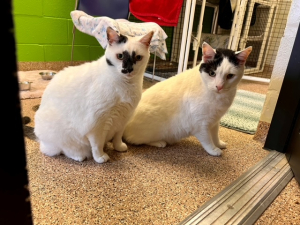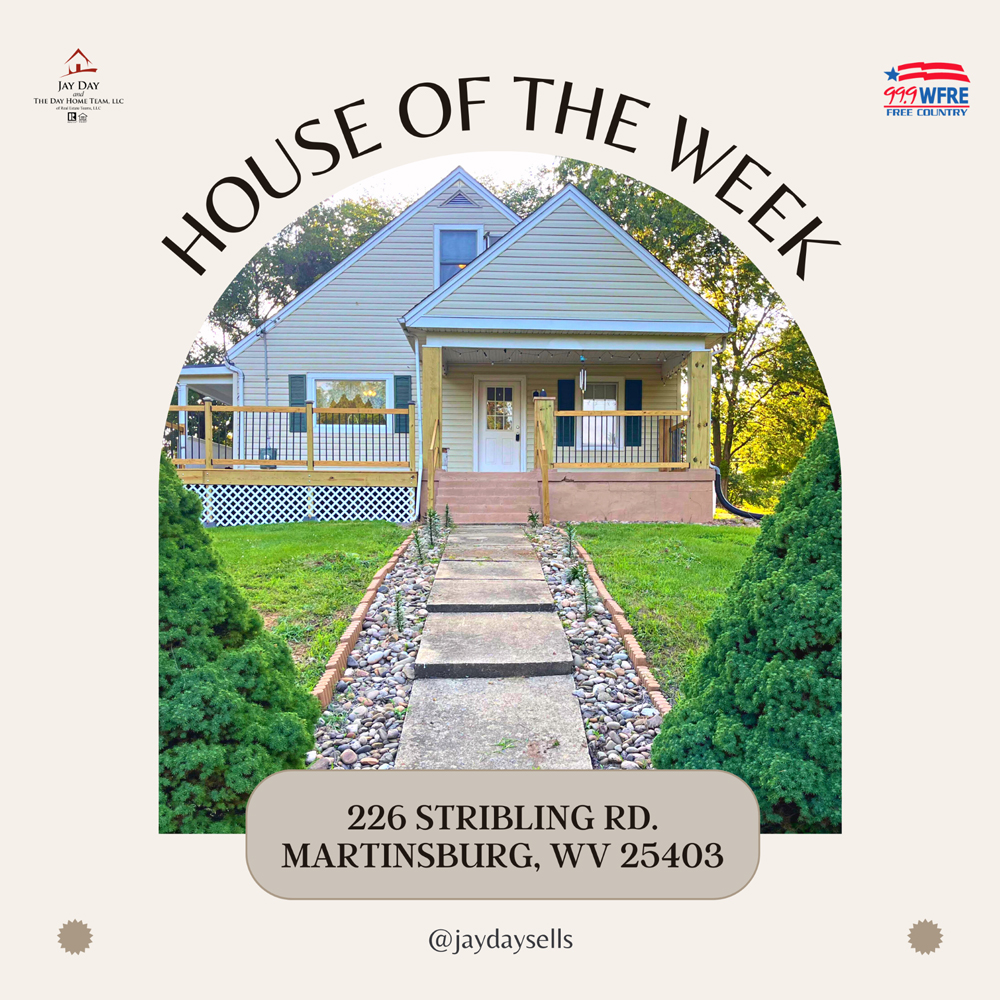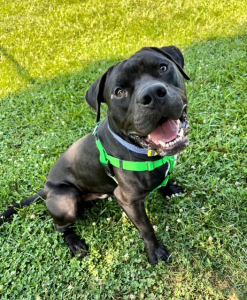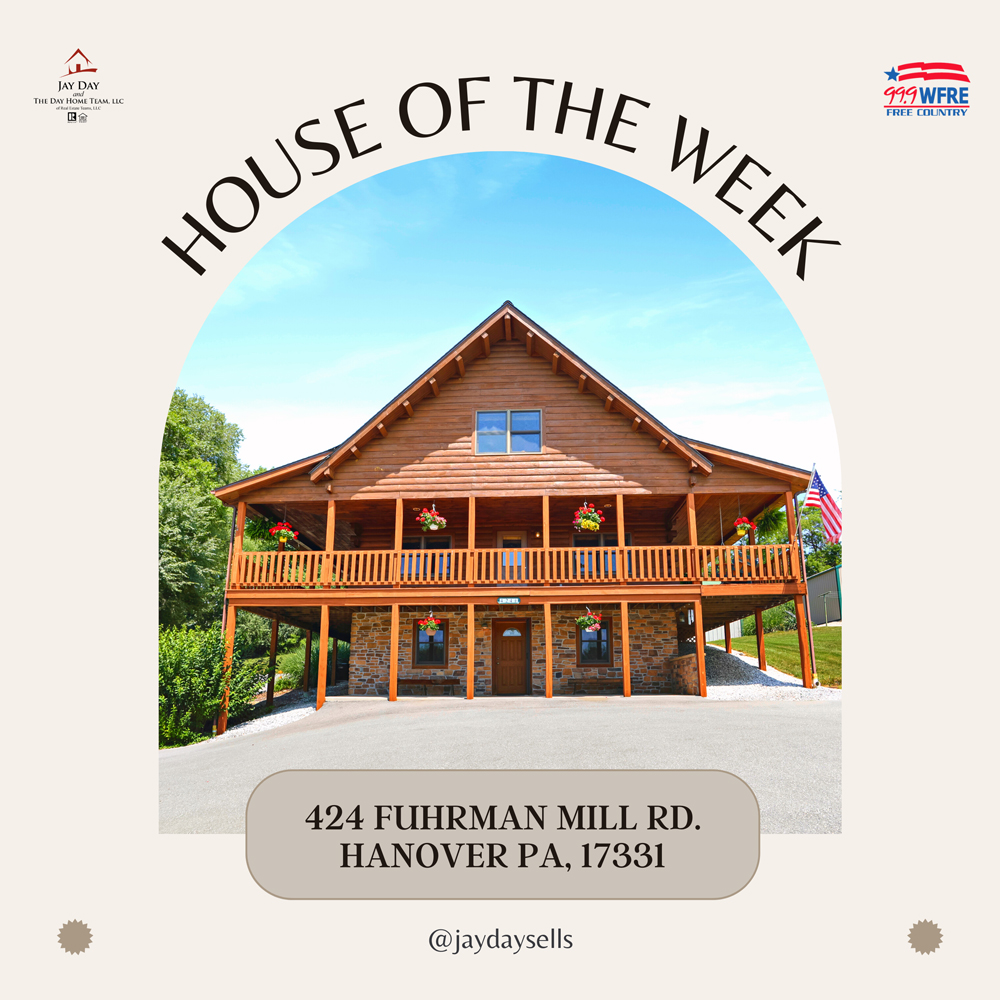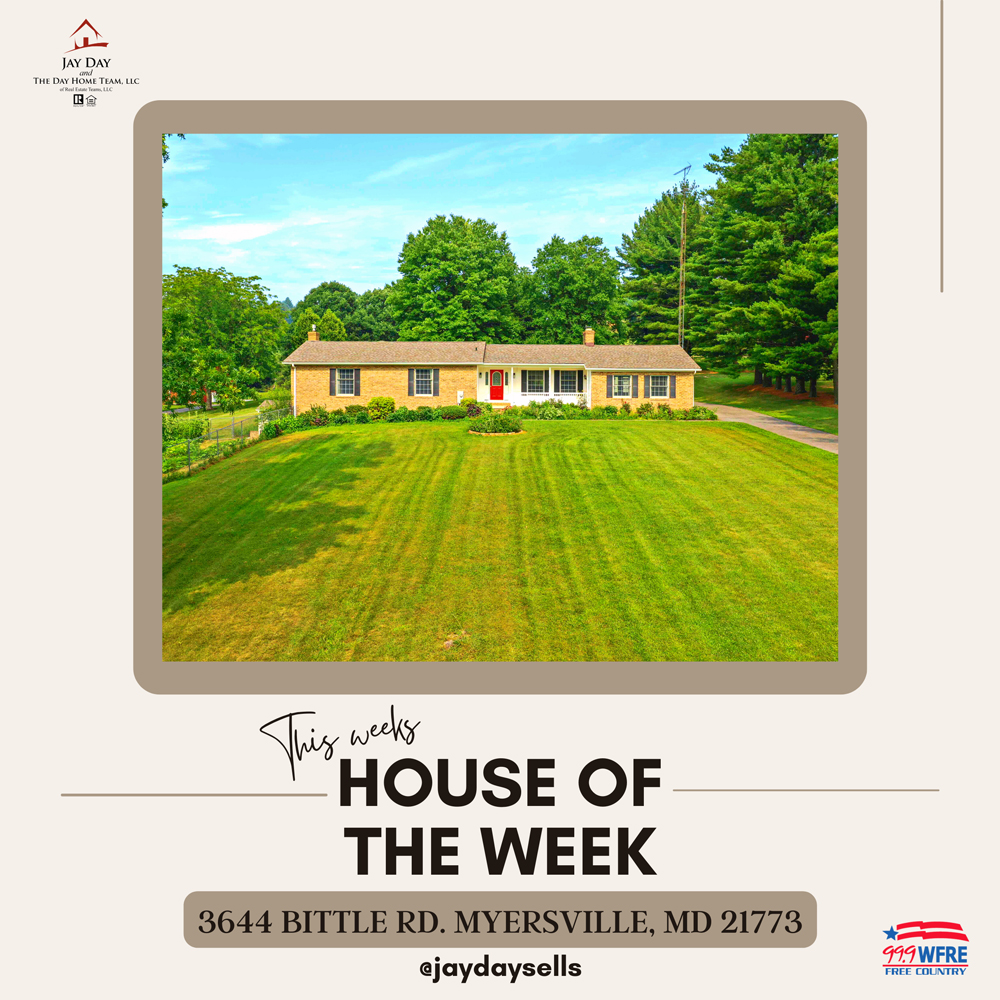
Spread out in 3 spacious bedrooms, 2 full bathrooms in over 2,800 sq ft of main level living space. 🛌🚿🛋️
Enjoy a breath of fresh air on your screened-in porch or rear deck. 🌳🐦 Soak in the stunning mountain views surrounding your nearly 1.5 acre estate! 🌲🌳🌄
🚗 Plenty of parking with a 2-car detached garage. Customize the partially finished basement to your heart’s content! 🏗️🔨
Fancy a farm touch? We’ve got 3 chicken coops ready for your flock! 🐓🐣
Country tranquility meets city convenience! 🌿🏞️ Just minutes away from shopping, restaurants, and major commuter routes. 🛍️🍽️🚦
Don’t miss out! Schedule your private viewing today before this gem is gone! ⏰🔜
